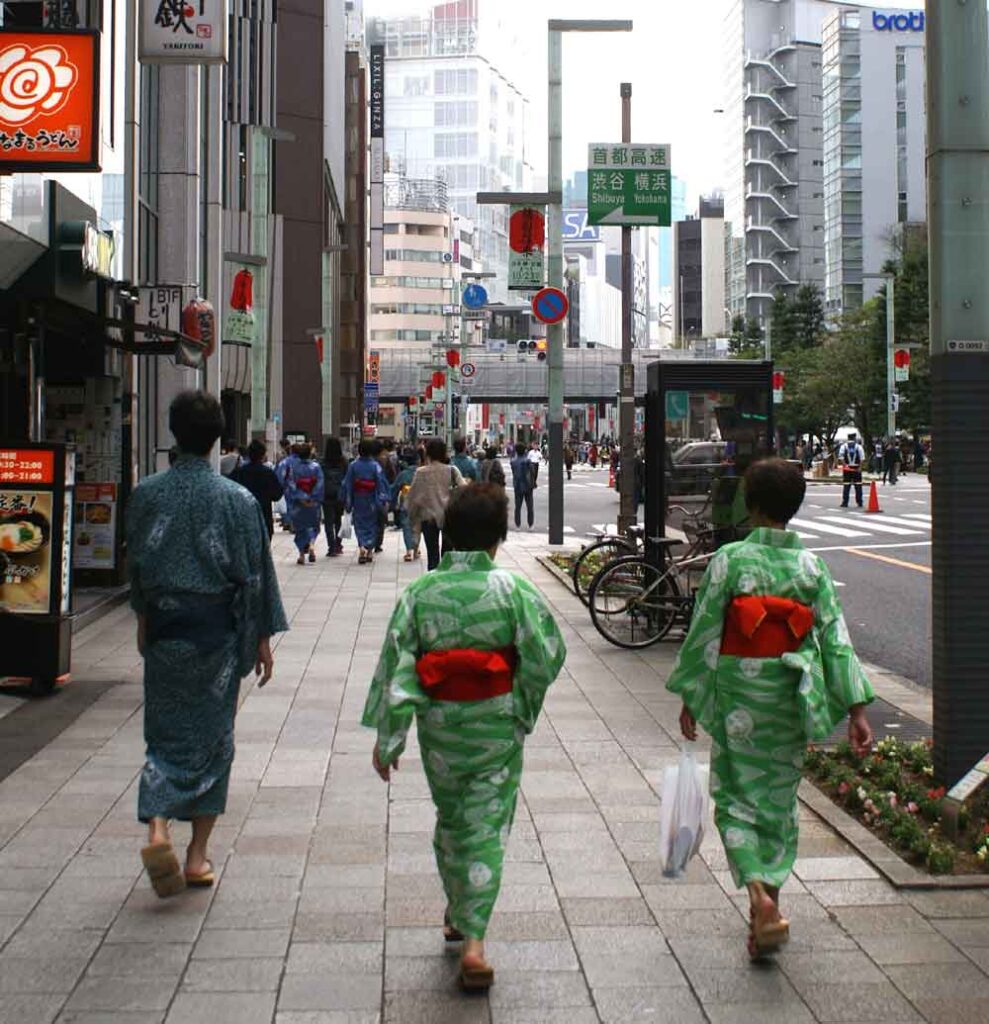Japan, located in the Pacific Ring of Fire, is often the scene of devastating natural phenomena, including tsunamis or even typhoons occupy a preponderant place. These tropical storms, characterized by violent winds and torrential rains, can have dramatic consequences on the country. This article explores the impact of typhoons in Japan, both on the environment and on the daily lives of residents.
I. Typhoon season in Japan:
Japan’s typhoon season typically runs from June to October, with peak activity between July and September. These storms often originate in the western Pacific Ocean, then move northwest toward Japan. The country’s topography and ocean heat contribute to the intensification of typhoons, making Japan a frequent target for these weather phenomena.
II. The devastating effects of typhoons:
They bring powerful winds, torrential rains and crashing waves. These elements combined can cause flooding, landslides, power outages and considerable property damage. Coastal areas and islands are particularly vulnerable, with increased risks of marine submersion.
III. Typhoon preparation and management in Japan:
Japan, aware of the constant threat of typhoons, has put in place prevention and management measures to mitigate the impacts. Early warning systems are in place to warn people of impending storms, allowing residents to prepare and evacuate if necessary. Typhoon-resistant infrastructure, such as seawalls and dams, are also deployed to minimize damage.
IV. Economic and social consequences:
Typhoons have significant repercussions on the Japanese economy, notably affecting agriculture, fishing and infrastructure. The disruption caused by these storms can also result in significant repair and reconstruction costs. On a social level, evacuations and human losses can create lasting trauma within affected communities.
V. Adaptation to climate change:
With climate change, the frequency and intensity of typhoons could increase. This creates additional challenges for Japan. Japanese authorities are working to strengthen infrastructure. They also work to improve early warning systems and raise public awareness of potential dangers. Resilience to typhoons therefore becomes a crucial priority to ensure the safety and well-being of residents.
Typhoons in Japan represent a constant challenge. But the country has developed effective strategies to deal with these devastating storms. However, with climate change underway, it is imperative to continue investing. Particularly in prevention, risk management and adaptation. This helps guarantee the security and prosperity of future generations in the face of these formidable forces of nature.



